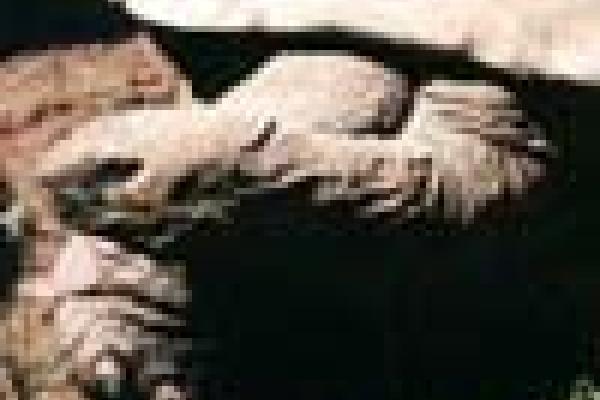Article


Could ants lead us to new methods in data science?
Can maths help us understand how ants, of such little brains, manage to cooperate so brilliantly?



